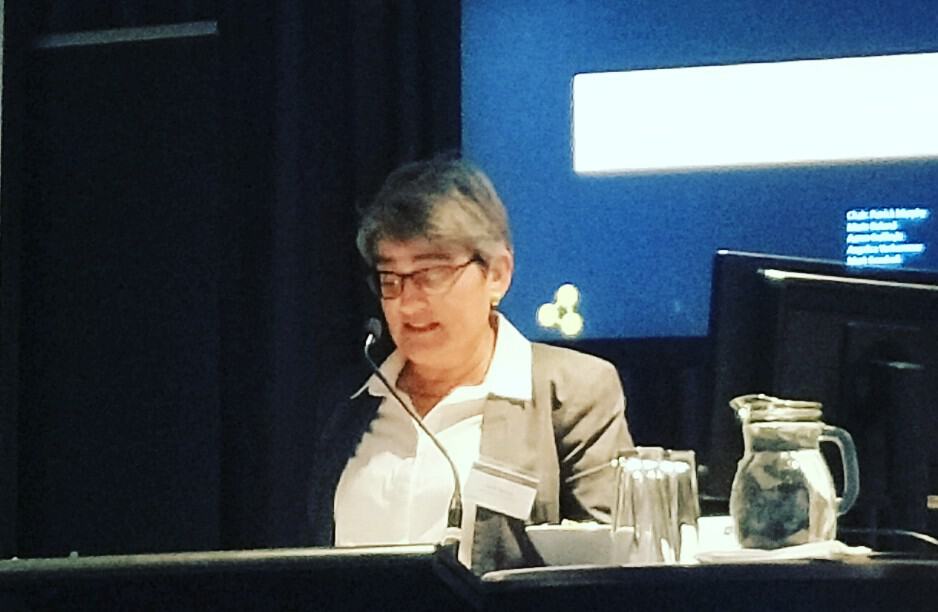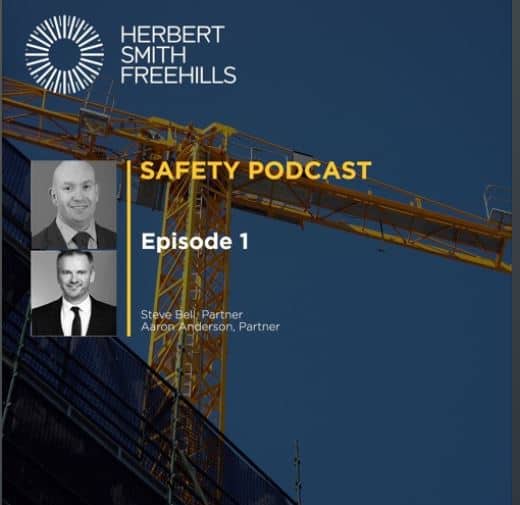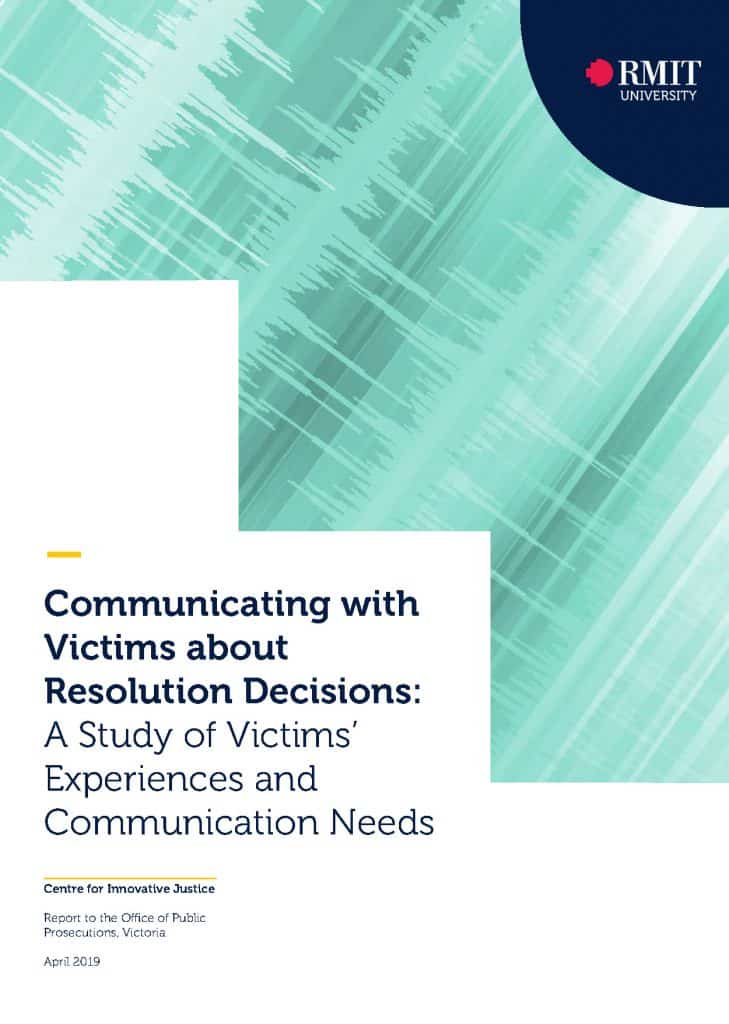
The issue of Industrial Manslaughter laws continues in Victoria. Several organisations were invited to provide submissions to the Victorian Government’s task force formed to look at the implementation of these laws. Three of those submissions have been seen by SafetyAtWorkBlog:
- Master Builders Association of Victoria (MBAV)
- Safety Institute of Australia (now the Australian Institute of Health and Safety)
- Joint submission from various trade unions and labour law firms*
Joint Submission
The joint submission states that
“The laws will also improve health and safety outcomes in workplaces by providing a real deterrent to employers who are tempted to cut corners on health and safety.”






